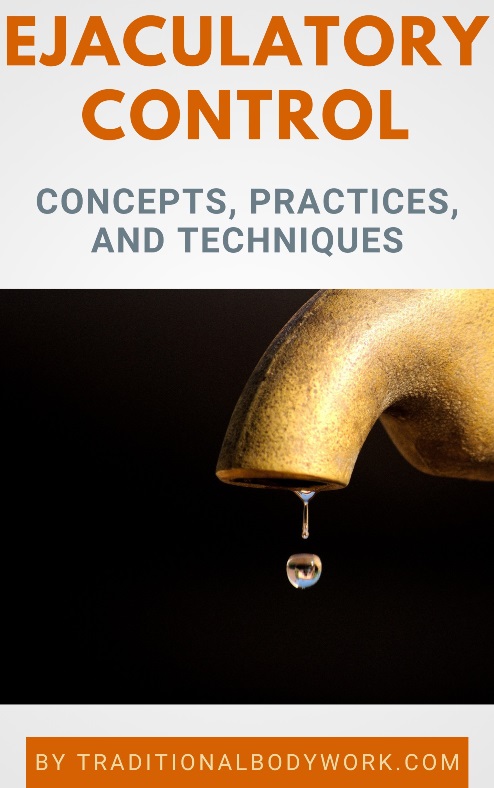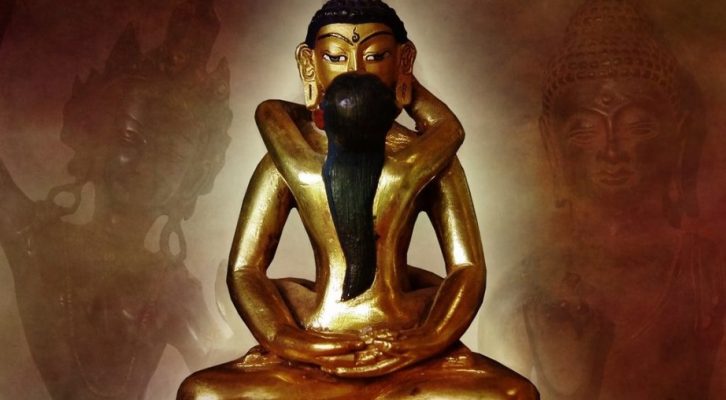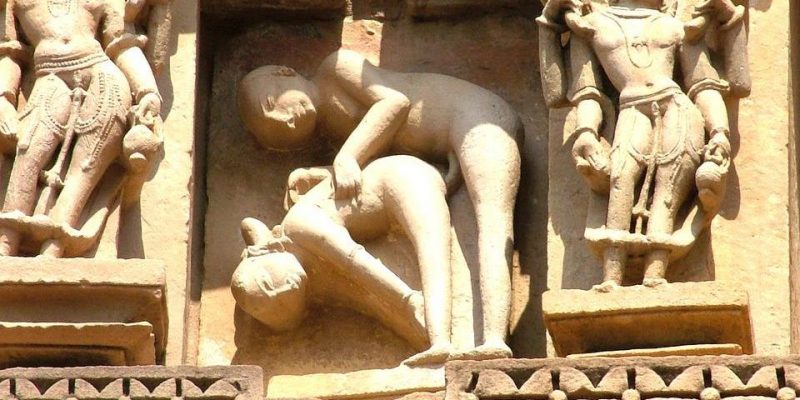
The Kama Sutra (also written as Kamasutra) is an ancient Indian Sanskrit text about desire, sexuality, eroticism and emotional fulfillment. The work is attributed to Vatsyayana Mallanaga, but little is known about the author.
The Kama Sutra is certainly not a sex manual for sex positions (although it also contains those), but written as a guide to the art of living well, about love, about finding a life partner, flirting, about married life, about adultery, cultivating one’s love life, and a variety of other topics about pleasures in life.

It’s considered the oldest surviving Hindu text on erotic love. It acknowledges desire, sexuality, and emotional fulfillment as one of the proper goals of life. A substantial part of the book is about the philosophy and theory of love, what desire is, what sustains it, and how and when desire is good or bad.
The original composition date, century or even place of composition of the Kama Sutra is unknown. Historians have placed it between 400 BCE and 300 CE. Some say it is a collection of various texts, including references to ancient Vedic scriptures, and cannot be attributed to one author only.
The text is firmly placed within the Hindu concept of the Purusharthas, which is about the four main goals of life being Dharma, Artha, Kama, and Moksha. The idea is that every human being has/or should have these four goals which are necessary and sufficient for a completely fulfilling and happy life.
Each of the above mentioned goals became a subject of study and led to many texts and books in ancient Indian literature. The Kama Sutra books (related to the pursuit of Kama) can be seen as a celebration of sexuality, eroticism, love, and pleasure and is an integral part of the religious milieu in Hinduism.
















